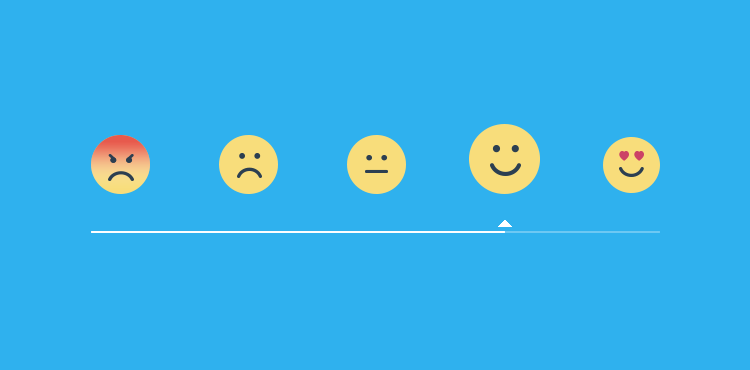Customer Channels Should Match Customer Circumstances
Customer support is an inherent part of sales and a highly competitive aspect, at that. Poorly delivered customer support can irreparably shatter the reputation of a company. A little over ten years ago, the only ways customers could contact companies for support were telephone and fax. The variety of communication channels presently available to customers provide companies with additional avenues of customer support. Now, customers can take their pick of their preferred medium of communication: phone calls, text messages, e-mail, live chat, social media, and the list goes on.
Why it’s important
When customers experience a problem, they do not undertake a decision process about which channel they are going to use. They immediately make a mental leap to the medium of communication that they perceive most likely to lead to quick resolution of their issue.
By offering multiple customer support channels, businesses ensure that customers can communicate in the manner that best matches their requirements. Customer channels that match customer circumstances offer businesses with the opportunity to serve their customers in a variety of ways, maximizing customer retention and satisfaction.
Omni-channel customer support refers to customer support that is integrated across various media with a view to provide consistent customer experience. When a customer e-mails a customer support department with an issue, their experience is impeded if the same issue cannot be addressed via voice channels like, say, a phone call made later in the day. In the mobile era, where customers are always connected, irrespective of their physical dwelling, the transition across channels needs to be unified with each interaction pedalling the issue’s resolution forward.
Different channels for different customers
Every communication channel ultimately connects the customer to the business but they each do so in a unique way. Here are some tactics to enhance customer support delivered across multiple channels and provide a seamless customer experience:
- Mobile service delivery – 87% of customers use mobile devices to make purchases and, yet, many businesses have not caught on to optimizing customer service for mobile devices.
- Frequently asked questions, documentation and self-support videos are used by many customers as a means of self service and should be mobile optimized to minimize abandonment.
- The customer service button should be placed prominently on the app landing page or mobile website and made single tap sensitive, thereby ensuring mobile customers do not have to search for it.
- Live chat services should be designed to work well on mobile devices. Live chat is a useful tool in customer support but the common complaint by mobile users is that it is difficult to use on their device.
- Social media service delivery – Customers want immediate action on their issues and that’s why they will often Tweet to a company directly to get a response. Companies need to understand customers expectations of social media-based service delivery, anticipate their needs and address them through social media.
- In a survey conducted, 42% of the participating customers said that they expected companies to respond to social media posts within 60 minutes. If more than 60 minutes is likely or the company cannot resolve the issue, the customer should be acknowledged and provided with a response.
- Keyword tracking on social media pages will assist in tracking customer service posts and ensure no comment goes amiss.
- Live chat service delivery – Live chat offers a route for quick resolution of issues. This is particularly suitable for enterprises and high-level customers whose issues need to be addressed immediately when they occur rather than being scheduled at some point in the future.
- Live chat scripts can be created, but with some degree of variation so that it does not sound robotic.
- Allow customers to lead the chat and address their precise requirements.
- E-mail service delivery – E-mail may be a relatively older medium, but its reliability and the fact that customers trust it, contribute to its effectiveness. E-mail is still relevant in the customer service industry. It is also easy to manage, especially with the advent of e-mail automation workflows that save the customer service department time and costs.
- Self-support – There are many customers that are happy to solve simple issues on their own, without reaching out. Frequently asked questions (FAQ) and self-support videos are the tools of choice for these customers. Comprehensive and well drafted FAQs and videos that are easy to grasp are essential to retain such customers. These customers turn out the best cost-to-profit ratios because of the low cost incurred in servicing them.
- Text service delivery – Like e-mail, texting is old but still effective in placing bookings, making appointments, and sending reminders. The reason for its effectiveness can be attributed to the fact that nearly 99% of all text messages are read by the recipients.
Smart companies will be able to deliver customer service across channels and handle a wide range of customer conversations no matter the urgency of the issue or the customer’s emotional state. To wrap up, having the right strategies to allocate customer service channels as per the customers’ requirements can transform the business of the company.
- Elevating Security Paradigms in Marketing: A Holistic Expedition - November 22, 2023
- Why CMMS Is Becoming A Critical Component In The Manufacturing Industry - August 7, 2023
- How Safety Standards for Autonomous Vehicles will Help Reduce Serious Car Accidents - July 29, 2023






